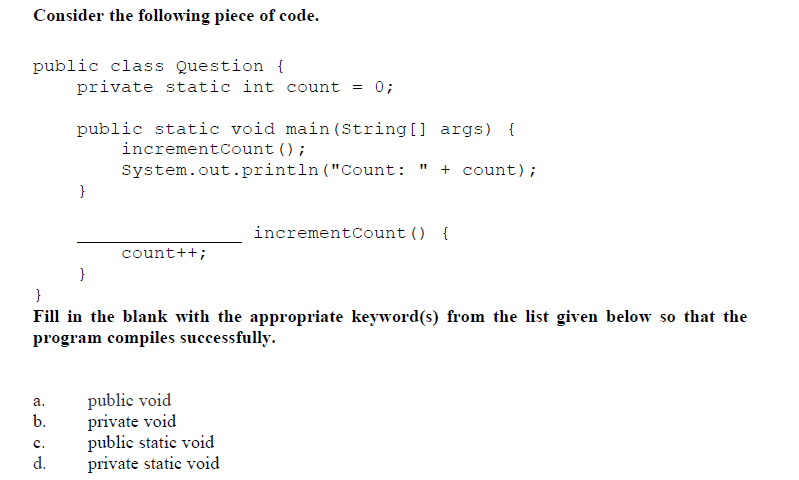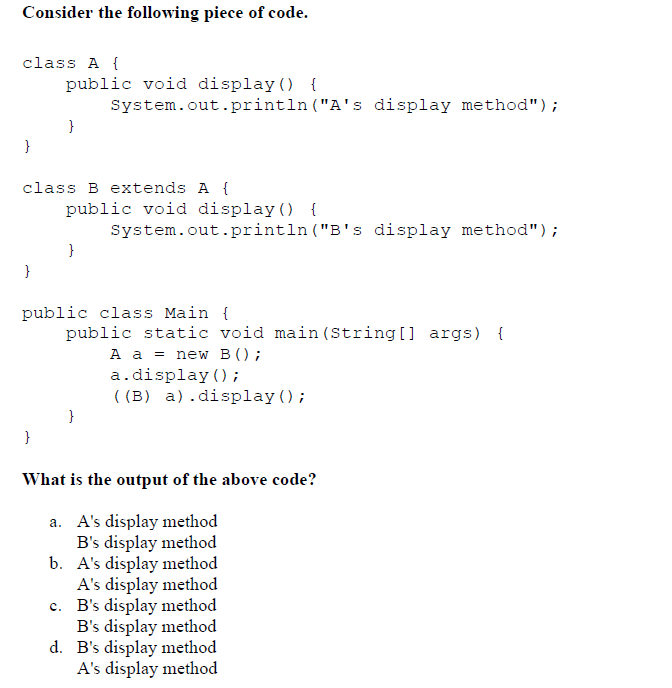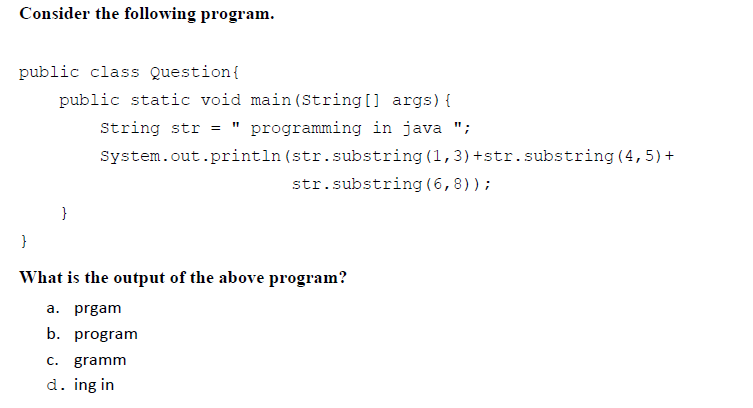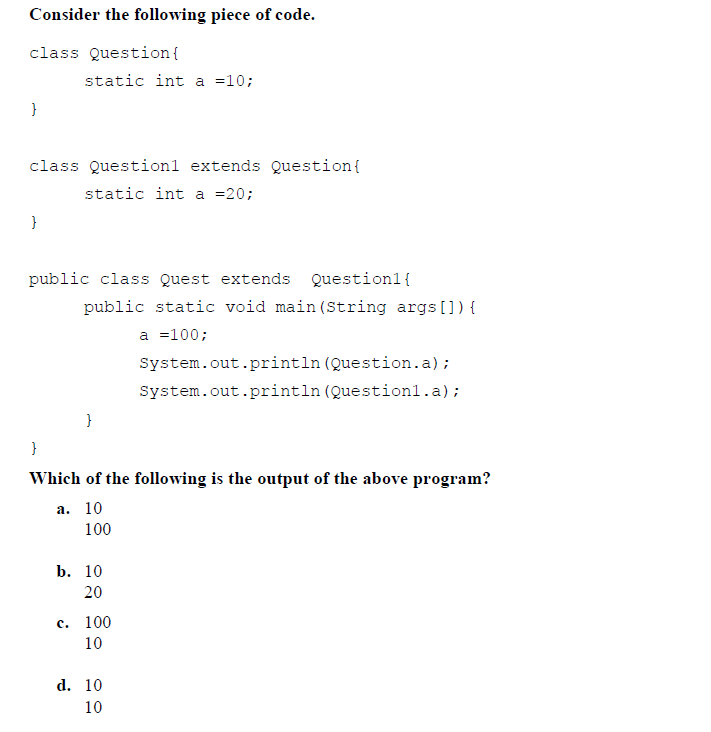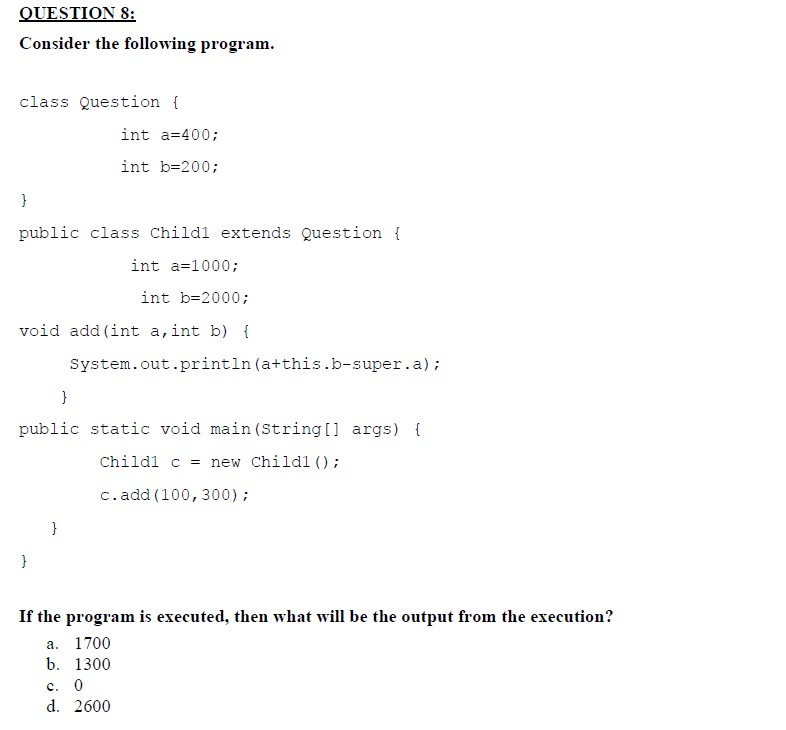Types of Authentication
In cybersecurity, authentication is the process of verifying a user's identity before granting them access to a computer system or network. This is a crucial security measure, as it helps to prevent unauthorized access and protect sensitive data.
Password-based authentication :
How it works: Users enter a secret combination of letters, numbers, and symbols to gain access.
✓ Pros: Easy to set up and use, widely available.
Cons: Weak security, prone to guessing, phishing, and brute-force attacks.
Pattern-based authentication:
How it works: Users draw a specific pattern on a touch screen to gain access.
Pros: Easier to remember than passwords, can be more secure than weak passwords.
Cons: Still vulnerable to smudge attacks and shoulder surfing, less secure than strong passwords.
Biometric authentication:
How it works: Uses physical or behavioral characteristics, such as fingerprints, facial recognition, or voice recognition, to verify identity.
✓ Pros: Very secure, difficult to forge, convenient.
Cons: Can be expensive to implement, privacy concerns, not foolproof (e.g., identical twins).
Token-based authentication :
How it works: Users provide a physical token, such as a security key or a code sent to their phone, to gain access.
Pros: More secure than passwords, good for two-factor authentication.
Cons: Can be lost or stolen, inconvenient to carry, not widely supported.
Certificate-based authentication:
How it works: Uses digital certificates to verify the identity of users, devices, and servers.
✓ Pros: Very secure, widely used for enterprise applications and VPNs.
Cons: Can be complex to set up, and requires infrastructure for issuing and managing certificates.
Location-based authentication:
How it works: Uses the user's device location to verify their identity.
✔ Pros: Can be convenient for certain applications, such as mobile banking.
Cons: Not very secure on its own, easily spoofed, privacy concerns.





